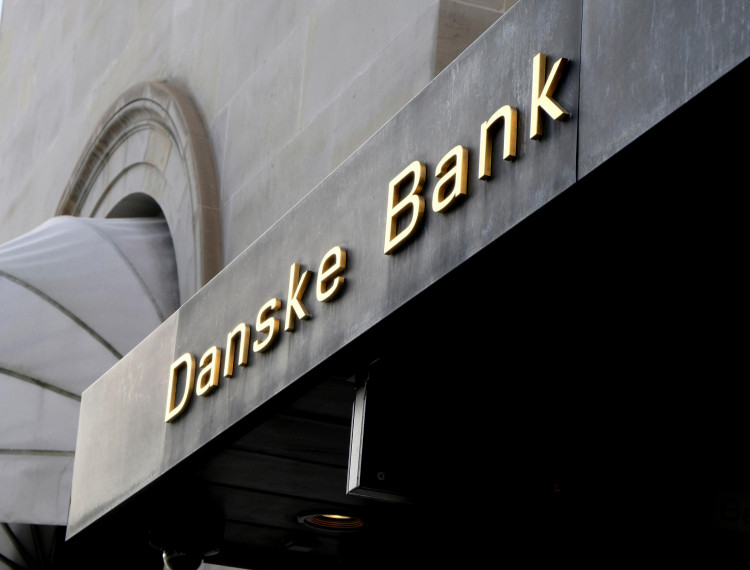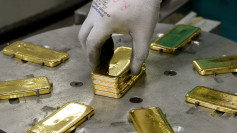According to records by Bloomberg, at the height of the Danske Bank A/S dirty-money fiasco, the lender began offering gold bars to wealthy clients to help them cover their fortunes.
The Estonian subsidiary of the company, which had already transferred billions of dollars to offshore accounts, advised a small group of customers, mostly from Russia, that they could now also turn their cash into gold bars and coins, according to documents dating back to mid-2012.
Based on records, in addition to offering risk protection, Danske marketed gold as a way for clients to gain "anonymity."
It also said, according to an internal report dated June 2012, that using gold meant "portability" for the property.
A Danske Bank spokesperson refused to comment. The company listed the products it offered to customers in Danske's September 2018 tell-all document on its non-resident division.
These included, apart from transactions, the creation of foreign exchange lines and the sale of bonds and shares. The company has not mentioned the selling of gold bars.
Danske Bank, which is under scrutiny in Europe and the US after refusing to track around $220 billion that gushed through its Estonian non-resident subsidiary from 2007 to 2015, has now shut down operations at the center of the controversy.
Gold plays a special role in the historical ties between Russia and Estonia which gained independence after the First World War only to be swallowed up in 1940 by the Soviet Union.
A century ago, fresh revolutionaries from the Russian revolution used Estonia as a conduit to funnel large amounts of gold from Czar Nicholas II's assassinated relatives to the West.
Approximately 700 tons of Czarist coins escaped a western embargo in the early 1920s by going through Tallinn with the support of the country's leaders and moving to Scandinavia and the UK. The Russian elite of today may have followed the same path.
While the now extinct Estonian company was still operating, it is not clear how much gold Danske managed to sell.
But at least several consumers used the system, according to an internal email seen by Bloomberg. The product was also provided to local private banking customers.
Customers at Danske's non-resident system can purchase the precious metal without a closed pack or paper certificates of gold bars weighing 250 grams or more.
Anti-money laundering permission was necessary until consumers could purchase the gold, but such permits were not provided unless, according to the records, the gold was stored in long-term storage.





